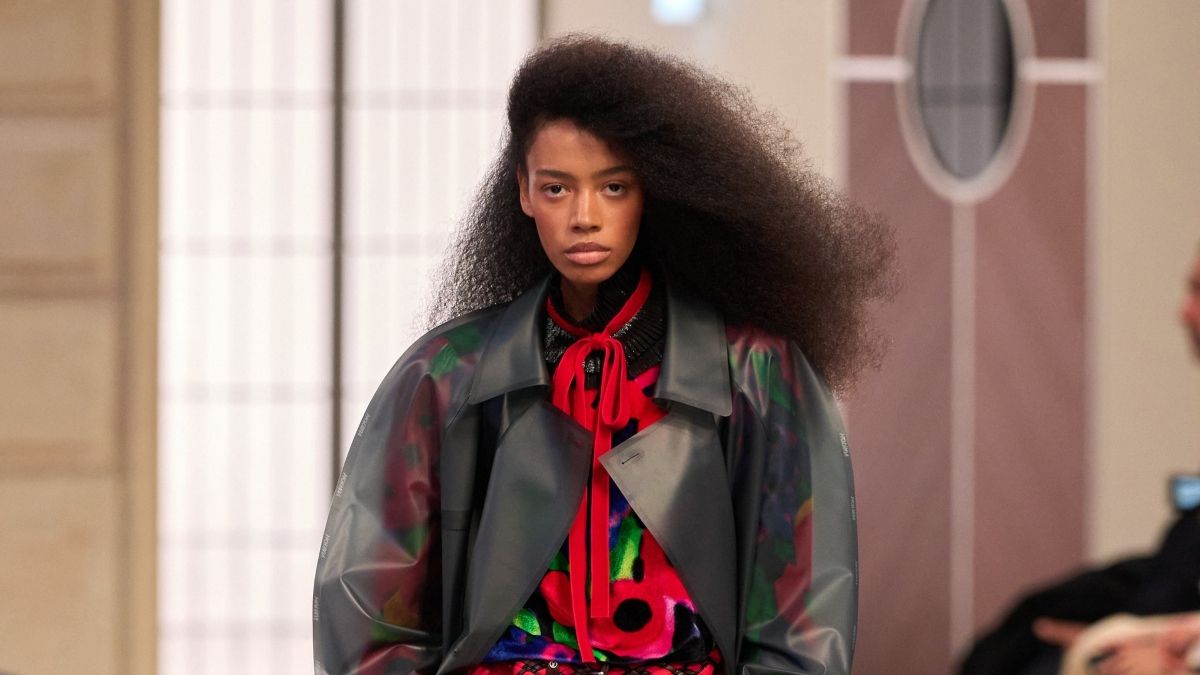For the group, Europe was the only region that posted growth (a 2 per cent increase), while Japan was down 1 per cent, the rest of Asia declined by 11 per cent and the US decreased 3 per cent (marking a deceleration compared with Q4, when US sales were up 3 per cent).
By category, perfumes and cosmetics decreased 1 per cent, watches and jewellery was flat and selective retailing, which includes cosmetics retailer Sephora, was down 1 per cent. The wines and spirits division fell 9 per cent for the quarter.
Attention during the conference call centred around the immediate impact of tariffs announced by the US, both in terms of consumer sentiment and sales and foot traffic. Cabanis said that US sales in March held “pretty well” apart from soft demand in beauty and liquor. “We didn’t see a major change in trends and we have nothing to report specifically for Q1,” she said. “On fashion and leather goods, we continue to see solid growth and it has been the case for the past six months now. It’s true that the aspirational clientele is always more vulnerable to less positive economic cycles and uncertainty. And it might have had some impact in the recent weeks, but rather on categories like wine and spirits and beauty.”
Analysts asked if LVMH would consider ramping up manufacturing in the US to mitigate potential tariff risks. Louis Vuitton already produces a third of the leather goods it sells in the US out of its three American production facilities. Tiffany is the other LVMH brand that produces in the US. “There’s still capacity, but we’ll see at what pace and how much we want that to evolve,” Cabanis said. “There’s still some room in order to move that a bit between the production in Europe and the production in the US. Obviously it’s not something we can do overnight because it takes quite something to prepare but it is something that we can contemplate in a reasonable timeframe.”
Meanwhile in China, trends were “consistent with the end of last year”, according to Cabanis. “The main swing factor here to date is Chinese demand in Japan: it remains strong in absolute terms, but recycles last year’s sharp increase, and therefore no longer contributes to growth in a percentage point,” she explained. (Japan grew 32 per cent in the first quarter of 2024, boosted by Chinese tourism.)
Cabanis said: “The cycle continues its normalisation phase after years of exceptional growth… It is also a time to demonstrate our agility and capacity to adjust and react. And while we are being very disciplined in our costs, we are also making sure we keep the right level of investment behind our products and brands to continue to increase our competitive edge and be ready to accelerate when the cycle eases.”
The luxury industry is in recovery mode after last year’s slowdown, but global economic uncertainty has disrupted projections. Moncler and Hermès are to report their first-quarter earnings this week, on 16 and 17 April respectively. Kering will publish on 23 April, Prada on 30 April, Burberry on 14 May and Richemont on 16 May.
“With highly elevated US (and global) economic uncertainty, it is difficult to build a credible scenario of sequential revenue improvement in Q2/Q3 for LVMH and the luxury sector at this stage,” Chauvet concludes.
Comments, questions or feedback? Email us at feedback@voguebusiness.com.
More from this author:
Luxury’s first-quarter cheat sheet


